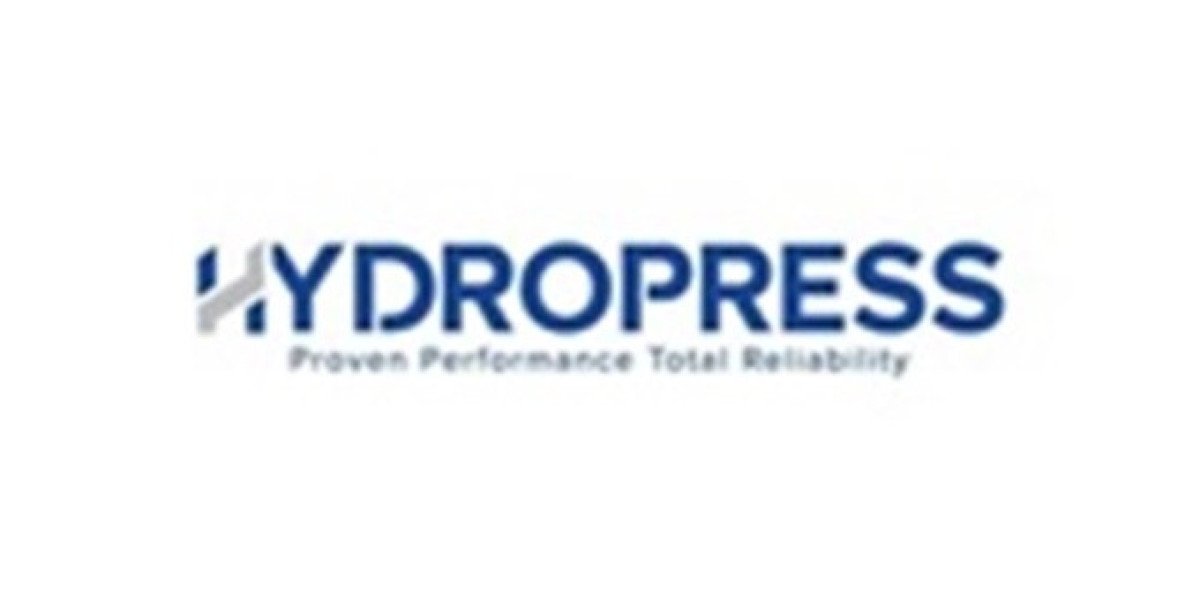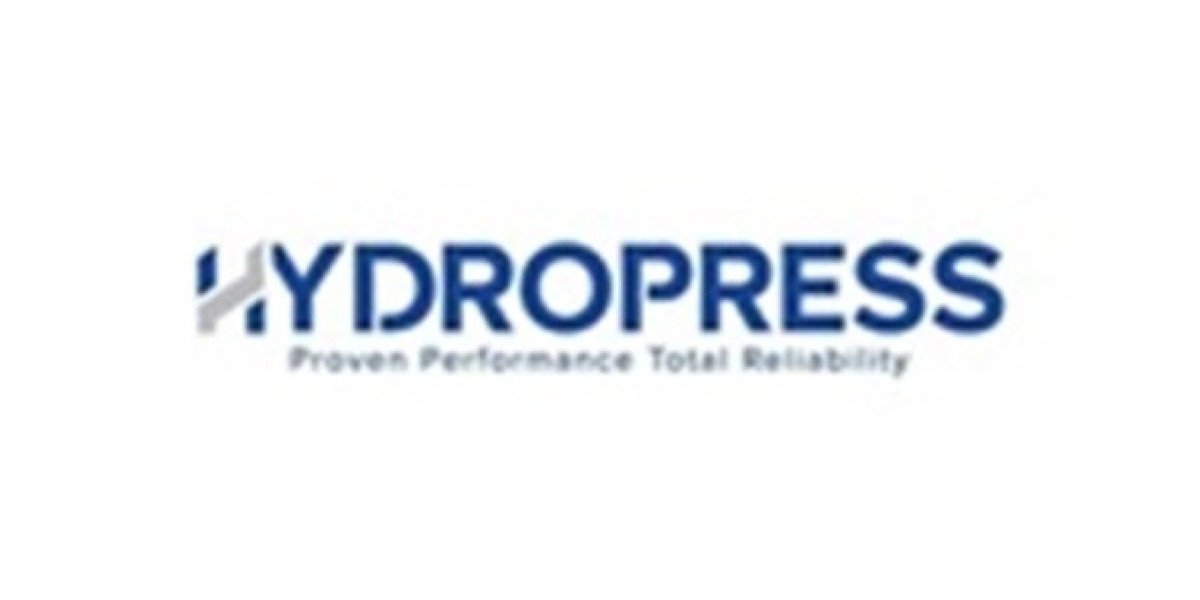ISO 9001 is one of the most recognized standards in the world for quality management systems (QMS). It is part of the ISO 9000 family of standards, which focus on improving organizational processes and performance to ensure that products and services meet customer expectations. In this article, we will explore what ISO 9001 certification is, its benefits, the certification process, and why businesses should consider obtaining it.
What is ISO 9001 Certification?
ISO 9001 is an international standard that defines the criteria for a quality management system. This standard is recognized globally and provides a framework for businesses to ensure that their products and services consistently meet customer requirements and quality standards. Organizations that achieve ISO 9001 certification demonstrate their commitment to quality, customer satisfaction, and continuous improvement.
The certification is awarded to companies that successfully implement a QMS that adheres to the standard’s requirements. This includes areas such as leadership, employee involvement, process management, customer focus, and performance measurement. While ISO 9001 is not industry-specific, it applies to organizations of all sizes and sectors.
The Importance of ISO 9001 Certification
Customer Satisfaction: One of the primary reasons companies pursue ISO 9001 certification is to improve customer satisfaction. By focusing on delivering consistent quality, organizations can meet or exceed customer expectations, leading to stronger relationships and repeat business.
Process Efficiency: ISO 9001 emphasizes process optimization, which helps organizations streamline operations, reduce waste, and increase efficiency. This leads to lower costs and improved profitability, making businesses more competitive.
Compliance and Risk Management: Achieving ISO 9001 certification ensures that a company complies with international standards and regulations. It also helps businesses identify risks within their processes and mitigate them before they become larger issues, thereby minimizing the chances of legal or financial consequences.
Continuous Improvement: ISO 9001 fosters a culture of continuous improvement. Organizations are required to monitor, measure, and analyze their performance regularly, allowing them to identify areas for improvement and implement corrective actions as needed.
The ISO 9001 Certification Process
The journey to ISO 9001 certification involves several key steps:
Preparation and Gap Analysis: Before pursuing certification, an organization must assess its existing quality management system to identify any gaps between its current practices and the requirements of ISO 9001. This can be done through a gap analysis, where the company evaluates its processes, policies, and documentation.
Designing the QMS: Based on the gap analysis, the company needs to develop or revise its quality management system to meet the ISO 9001 requirements. This includes establishing clear processes, defining roles and responsibilities, and creating the necessary documentation.
Implementation: Once the QMS is designed, it must be implemented across the organization. This involves training employees, establishing performance indicators, and ensuring that the system is fully integrated into daily operations.
Internal Audit: After implementing the QMS, an internal audit is conducted to assess whether the system meets ISO 9001 requirements. This step ensures that the system is functioning effectively and identifies any areas for improvement.
Certification Audit: If the internal audit is successful, the company will undergo an external certification audit conducted by an accredited certification body. The auditors will evaluate the company’s QMS and determine whether it meets ISO 9001 standards.
Certification and Continuous Monitoring: If the organization passes the certification audit, it will receive ISO 9001 certification. However, the process does not end there. To maintain certification, companies must undergo regular surveillance audits to ensure ongoing compliance with ISO 9001.
Benefits of ISO 9001 Certification
Improved Credibility and Reputation: ISO 9001 certification signals to customers, partners, and stakeholders that a company is committed to maintaining high-quality standards. This can enhance the company’s reputation and make it more attractive to potential customers and business partners.
Increased Efficiency and Productivity: By optimizing processes and reducing inefficiencies, ISO 9001 helps organizations save time and resources. This leads to improved productivity, lower operational costs, and better overall performance.
Access to New Markets: Many international organizations and governments require ISO 9001 certification as part of their procurement process. Obtaining ISO 9001 certification can open doors to new markets, business opportunities, and contracts.
Employee Engagement: ISO 9001 emphasizes the importance of employee involvement and empowerment. Organizations that achieve ISO 9001 certification often experience higher employee morale and engagement, as workers are encouraged to contribute to process improvements and decision-making.
Better Decision-Making: ISO 9001 requires organizations to monitor and measure their performance. This data-driven approach helps businesses make informed decisions, resulting in better strategic planning, resource allocation, and overall management.
Common Misconceptions About ISO 9001
Despite its many benefits, some companies hesitate to pursue ISO 9001 certification due to misconceptions about the process. Here are some common myths:
Myth 1: ISO 9001 is only for large companies.
Reality: ISO 9001 is suitable for businesses of all sizes. It is flexible and can be tailored to fit the needs of small, medium, and large organizations alike.Myth 2: ISO 9001 certification is expensive and time-consuming.
Reality: While there are costs associated with certification, the benefits often outweigh the investment. Additionally, the certification process can be streamlined with proper planning and resource allocation.Myth 3: ISO 9001 is just about paperwork and documentation.
Reality: While documentation is essential, ISO 9001 is primarily about improving organizational processes, reducing waste, and increasing customer satisfaction. It’s a practical framework that focuses on real-world outcomes.
Conclusion
ISO 9001 certification is a powerful tool for organizations that want to enhance their quality management practices, improve customer satisfaction, and stay competitive in today’s global market. By adopting the ISO 9001 standard, businesses can streamline operations, reduce risks, and create a culture of continuous improvement that benefits both customers and employees. Whether you are a small business or a large corporation, ISO 9001 certification can help you achieve long-term success and growth.








